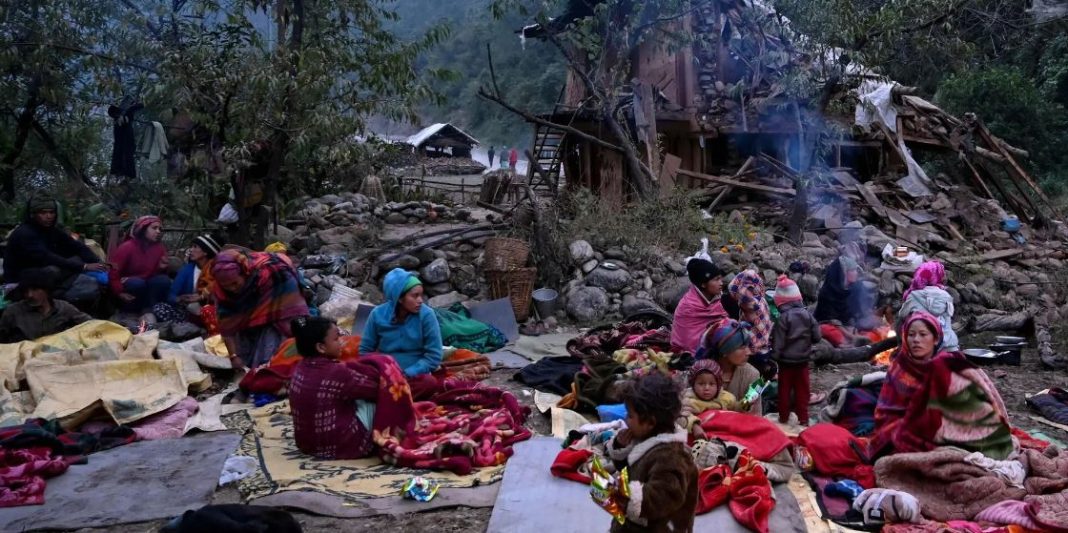Nepal is grappling with the aftermath of a recent earthquake that struck its western region, leaving over 150 people dead and thousands displaced. The Himalayan nation, which is situated on the converging fault lines of two major tectonic plates, is at high risk for earthquakes. Scientists emphasize that Nepal must take more substantial measures to prepare for such disasters.
Nepal, with its population of approximately 30 million, is also contending with the consequences of climate change, including glacier melt leading to floods and water scarcity. This recent earthquake, categorized as medium in intensity, underscores the country’s inadequate preparedness.
Amod Mani Dixit, the director of the National Society for Earthquake Technology in Kathmandu, stressed that while moving the population isn’t feasible due to the seismic nature of the entire country, improving building infrastructure is possible and essential.
The earthquake, which measured magnitude 5.6 according to the U.S. Geological Survey and 6.4 according to Nepal’s National Earthquake Monitoring and Research Center, struck vulnerable remote areas in the west. These regions had accumulated significant seismic strain and lacked the safety measures implemented in the eastern part of the country since the devastating 2015 earthquake.
Relief and aid efforts are now underway as officials estimate that at least 5,000 homes have been destroyed or damaged. Many villagers in the affected districts of Jajarkot and Rukum West spent another night outdoors, fearing aftershocks.
Efforts to reach these areas have been hampered by challenging terrain and Nepal’s requirement for aid organizations to coordinate with the government in advance.
Although some building regulations have been enforced in a few cities, the enforcement of earthquake-resistant construction codes remains a challenge. Experts warn that a catastrophic earthquake, releasing centuries’ worth of tectonic pressure, is still a looming possibility.
While some progress has been made, including retrofitting and constructing one million homes to meet new regulations after the 2015 earthquake, Nepal has a long way to go. It’s estimated that only about one-fifth of the country’s eight million buildings adhere to earthquake resistance standards.

